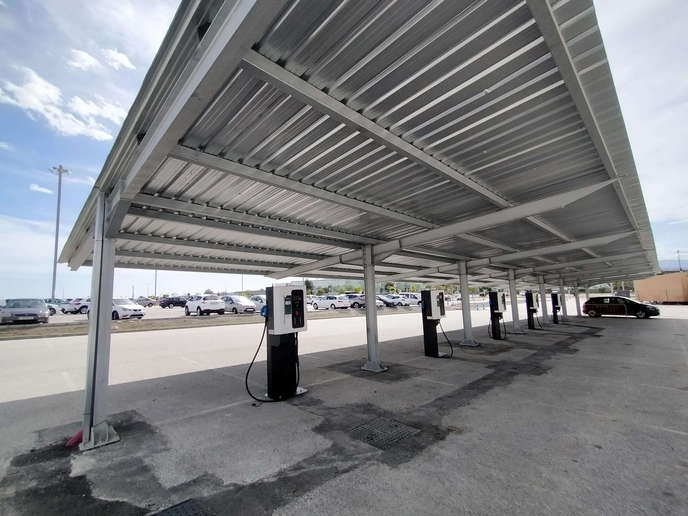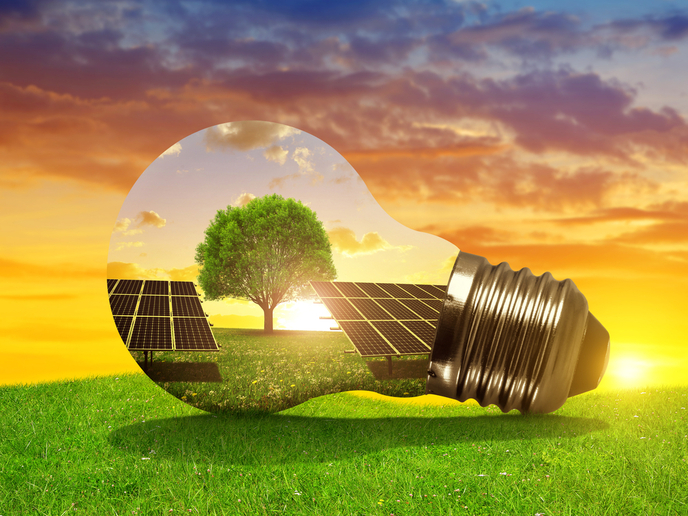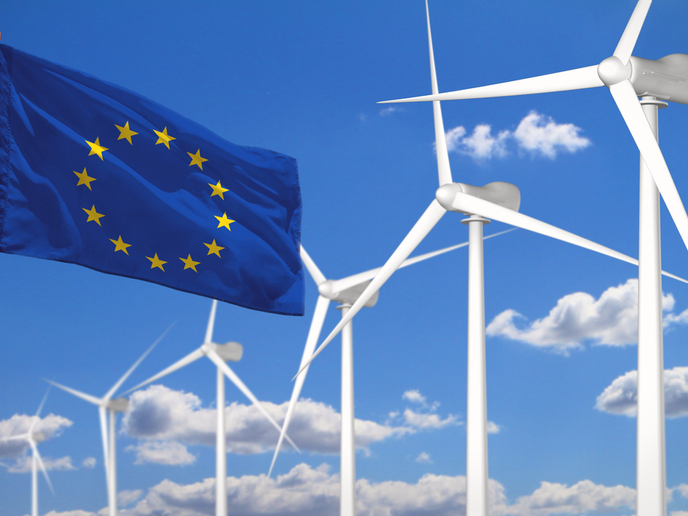Under new management: optimising efficiency and bolstering grid resilience
For more than a hundred years, electricity has been generated by large, centralised fossil fuel power plants. As we transition away from fossil fuels, distributed local production and storage are replacing the centralised production model. This new paradigm empowers consumers to play an active role in the green transition, producing and storing energy for themselves and the grid via technologies including photovoltaic (PV) and electric vehicle (EV) charging systems. Integrated IoT sensors and technologies associated with these distributed energy resources (DER) and renewable energy sources (RES) provide a wealth of data that can be used to increase the grid’s resilience. The EU-funded ebalance-plus project has created an energy balancing ICT platform to do just that. It will enable customers, energy operators and distributors to manage energy more efficiently, sustainably and cost-effectively for mutual benefit while opening the door to new flexibility markets.
A scalable energy balancing platform supports seamless integration and deployment
The ebalance-plus project has developed a system of distributed management units and software that can be located at all points of the grid from the consumer to generation and distribution. The system includes solutions for aggregating energy flexibility associated with general consumption, energy storage, air conditioning, PV electricity generation, EV charging, household appliances and more. Importantly, the solutions are scalable and accommodate heterogeneous data sources and communications protocols. As project coordinator Juan Jacobo Peralta of CEMOSA explains, “the electricity grid’s organisation allows nearly automatic deployment of flexible and reliable energy balancing services in any management unit at all levels of the grid. The services recognise the units from which they receive orders and those they must coordinate, establishing a logical hierarchy that also satisfies cybersecurity and data protection requirements.” The ebalance-plus platform can adopt any data ontology and semantics and connect and interact with existing energy management systems thanks to its middleware that establishes communications between services and devices. “The middleware is a distributed database that generates a so-called data lake in a natural and self-maintained way. It enables programmers to develop solutions based on any communication standards and data structures,” notes Peralta. Mobile applications including application programming interfaces specifically for aggregators and electricity distribution companies will help users better understand the flexibility services and their benefits.
Demonstrating success with real and virtual solutions
The ebalance-plus in-lab emulator allows stakeholders to test various management services and devices including advanced smart devices not yet commercially available. A prototype car park energy hub leveraged flexibility to enable maximum use of PV energy via: PVs, storage, bi-directional EV charging points (vehicle-to-grid) and an innovative grid-tie inverter with silicon carbide semiconductors for converting DC to AC to inject in the grid. “The pilots successfully demonstrated that new solutions can be deployed in the ebalance-plus platform without restrictions on technology or data compatibility. The services deployed demonstrated that flexibility can be easily estimated and aggregated as is currently done for energy,” Peralta concludes. The ebalance-plus project has delivered an energy balancing platform that exploits flexibility and which is capable of integrating any energy asset into the electricity management network. It is an important step towards unleashing the potential of DER and RES for a green energy transition to meet Europe’s 2050 goals.
Keywords
ebalance-plus, energy, RES, flexibility, grid, electricity, DER, distributed energy resources, aggregators, energy management systems, flexibility markets







